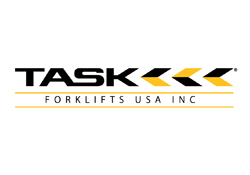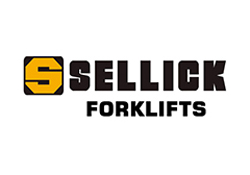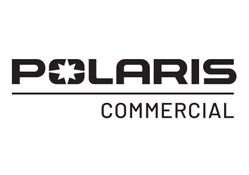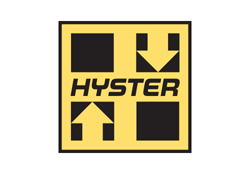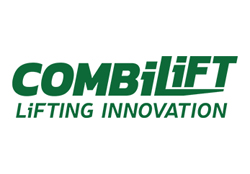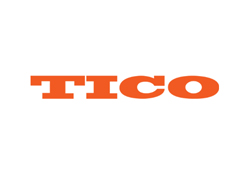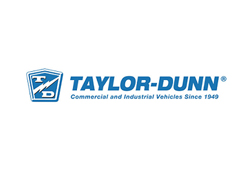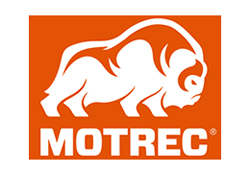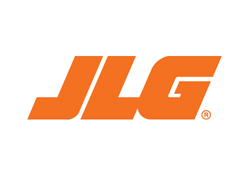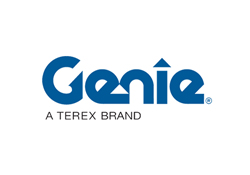
Warehouse equipment is a major expense. Businesses cannot afford to settle for a procurement option that does not fit their needs. In fact, the 2022 lift truck acquisition study in Modern Materials Handling reveals high variability in usage trends, with some respondents replacing and retiring lift trucks after less than five years, less than eight years, less than 10 years or even longer. And the study revealed a near-even split in how lift trucks are acquired, with 49% of lift trucks purchased and 51% leased.
Understanding options
Many businesses lease their equipment, and that number is growing. The Equipment Leasing and Finance Association’s (ELFA) Monthly Leasing and Finance Index (MLFI-25) reports that new business equipment leasing volume for March was up 14% year-over-year from volume in March 2021, and year-to-date new business volume was up 5% compared to 2021. Why? Most lenders offer lease terms anywhere from 12-84 months, enabling businesses to regularly update fleet size and composition to match current requirements and avoid the higher maintenance costs of keeping aging equipment running and the hassle of selling older units that are past their prime. With leasing, low upfront costs avoid the financial strain of a hefty down payment, allowing businesses to have more cash on hand for other purposes. Smaller monthly payments protect cashflow and reasonable interest rates make leasing a cost-effective option.
On the flip side, purchasing equipment gives businesses increased autonomy with no usage limit or associated overage penalties, and they have the freedom to sell or redeploy any seldom-used units to another location. But as equipment ages, businesses can be on the hook for mounting maintenance costs and older equipment can be challenging to sell. In a facility with a surplus of old equipment, operators miss out on advancements in ergonomics and technology that promote operator well-being and support lift truck operating best practices. And financially, paying cash for a depreciating asset is not recommended.
But while leasing offers clear benefits, lease terms can be far from straightforward. The terms can vary greatly between lenders, and hidden costs can turn seemingly favorable lease agreements into a costly, painful burden.
Leasing contract complexities
Consider all aspects of a contract, not just the top-line monthly rate. Hidden fees can turn a seemingly affordable lease into an expensive proposition.
- A doc fee can be a manageable, one-time charge that covers the cost of processing paperwork or a larger fee that applies to each deal – the exact nature depends on your lender.
- An overtime fee applies if the equipment usage exceeds the stated hourly maximums and if units are not returned on time. Some lenders offer flexible terms to avoid or mitigate the effect of overtime fees, but the availability of such terms depends greatly on the leasing organization.
- The return fee can be the most expensive unforeseen cost based on where the truck is used and where it must be returned. For example, while a lift truck manufacturer has a network of local dealers, an independent lender does not have nearby local resources to handle equipment return. Instead, they may have all off-lease assets shipped to a single holding yard at the lessee’s expense – no matter the distance.
- A repair fee covers unplanned costs outside of regularly scheduled maintenance. While repairs cannot be eliminated, an original equipment manufacturer (OEM) works to take care of service or replacement quickly and can offer varying levels of flexibility to restructure agreements to account for real-world usage. During the lease term, they can even provide short-term rental equipment to bridge the gap.
- Automatic renewals can extend contracts for a month, quarter, year or even more. Beware of any auto-extension periods after the original, scheduled term has ended. Some lenders will lock businesses into automatic extensions if no notification or return is provided. End-of-lease decisions take time, so be sure to plan ahead, provide formal notification of lease end and start the process of procuring new trucks in plenty of time.
- Interim rent covers the time between equipment delivery and the lease start date. Some lenders may have all their leases start at the beginning of the month or quarter, and have businesses pay extra for equipment that is not yet in use. This is why it’s important to be aware of the actual lease start date to avoid months of additional expenses.
Watch Out For Off-Lease Equipment Return Headaches
Regardless of equipment return location – across the country or down the street – there may be a return or restocking fee. Some lenders will require all off-lease equipment to be returned to a single, central location, no matter where the equipment was actually in use. Policies like these can be easy to miss, so pay close attention to what is required for returning equipment – leasing through an OEM may make equipment return much easier, requiring only that off-lease assets make it back to a local dealer.
In addition to travel distance, manufacturers may require that products be returned with original packing material, manuals and any other item or accessory provided. The value of missing materials may be charged to the customer.
Fleet Management and Flexible Terms
While businesses should always be mindful of renewal dates when agreeing to leasing terms, the regular renewal cycle of a lease provides a recurring opportunity for strategic fleet management. When leasing through an OEM, fleet management teams can gauge how lift truck needs have changed, and restructure the fleet based on real-world demand and projected requirements. For example, if a warehouse ends up not using counterbalanced models as frequently as they thought, but really needs more reach trucks, the new fleet will reflect that.
Maintenance is a major component of day-to-day fleet management, as equipment availability is critical for operations to keep the business moving. Maintenance plans can be bundled into lease agreements, leveraging the local presence of an OEM’s dealer network to provide a turnkey solution with factory-trained technicians available to take care of preventive and quick-response service.
The most favorable lease agreements offer flexibility. Businesses get the freedom to customize plans, restructuring the lease and tailoring it based on evolving needs. But, difficult leases lock businesses into rigid, unforgiving terms. These often include myriad hidden fees that quickly turn seemingly inexpensive leases into unpleasant, costly experiences.
What does a flexible lease look like? Look for leasing options that allow you to:
- Pay only for hours used, enabling lessees to avoid paying for unused hours and completely avoid overtime – a standard hourly rate based on real usage
- Choose when to pay by creating a customized payment plan with invoices scheduled to match cash flow, month-to-month lease extensions and no auto extension periods
- Defer payments to a later date, with the option to skip payments and make them up later
- Leave the lease early, with no penalty in most cases
- Use mid-lease reviews to adjust hours, attachments, applications and other terms based on real-world use information
You Control Fleet Finance, Not the Other Way Around
With so many options to procure equipment and specific to leasing, so much variability between providers, take your time. Review current and anticipated business needs, and how available options allow you to adapt over time. If leasing is right for you, be sure to thoroughly review contracts to make sure you avoid common pitfalls.
Supply chains keep evolving faster, driving warehouses to implement new storage configurations, inventory management systems and technology. Having a trusted fleet finance resource with the full range of finance and leasing options available can help guide operations through the best solution for their needs, on their terms. To get started, talk with a fleet management specialist here at Gregory Poole Lift Systems.
